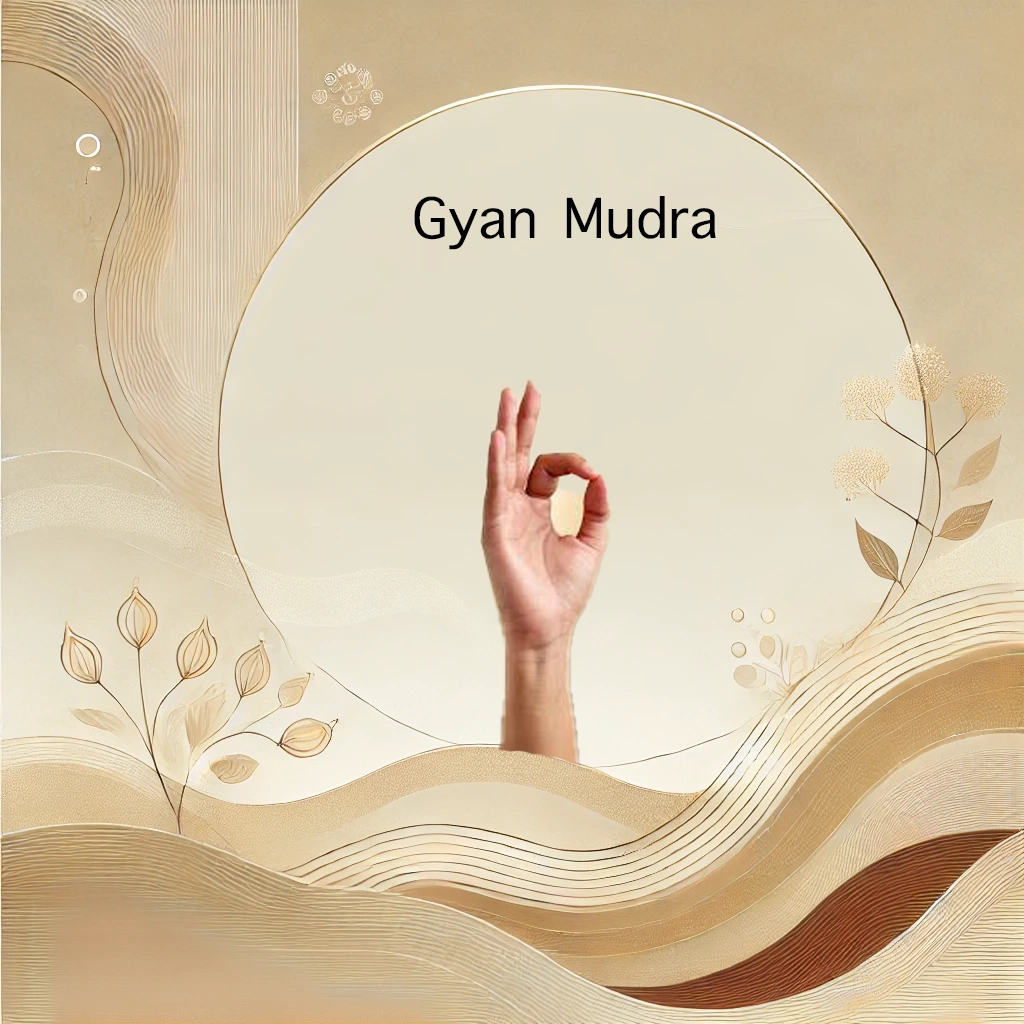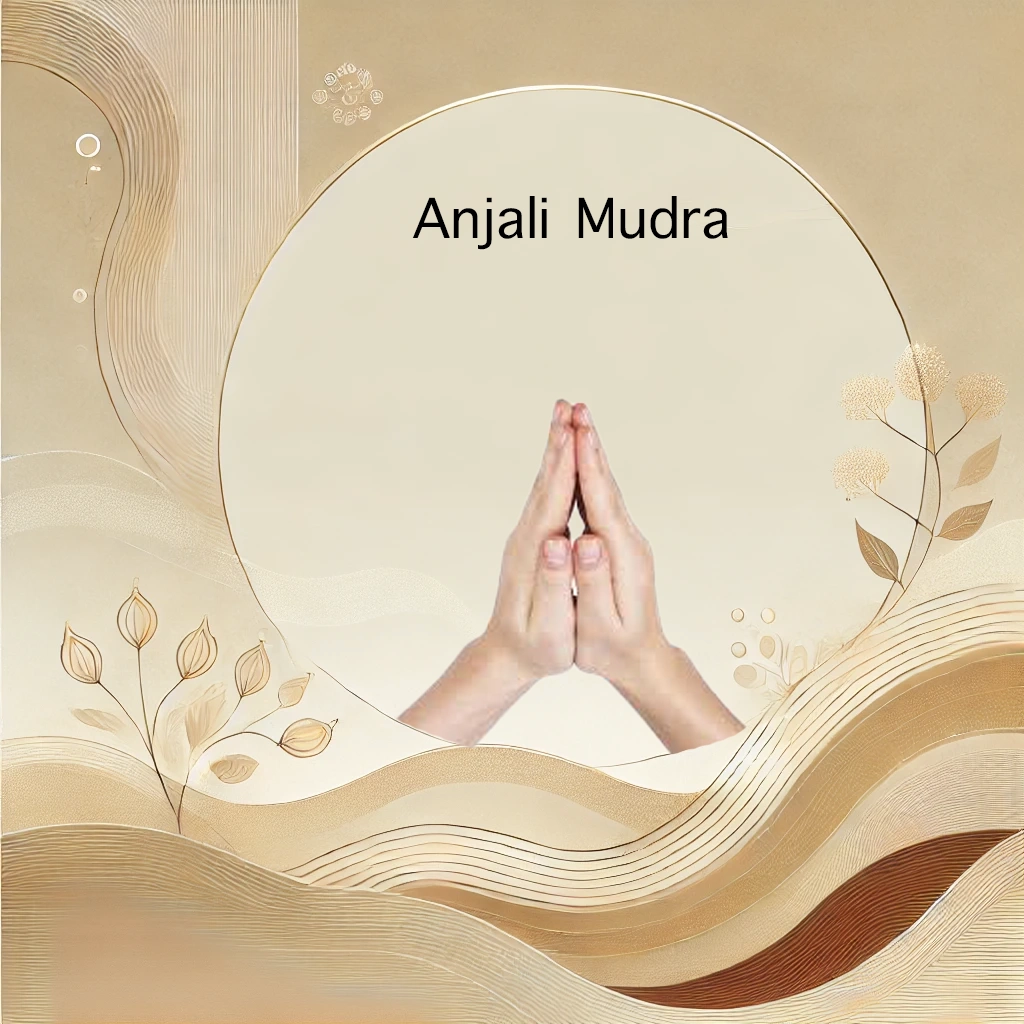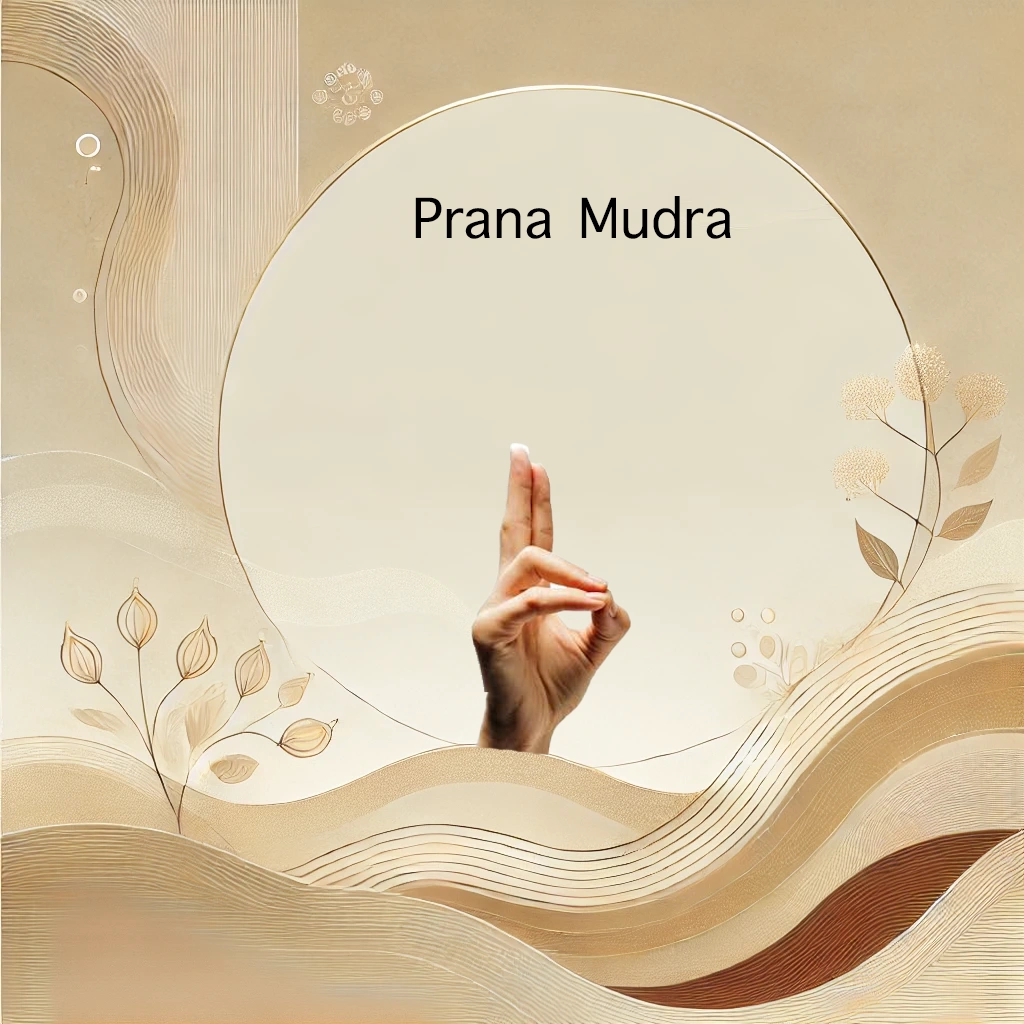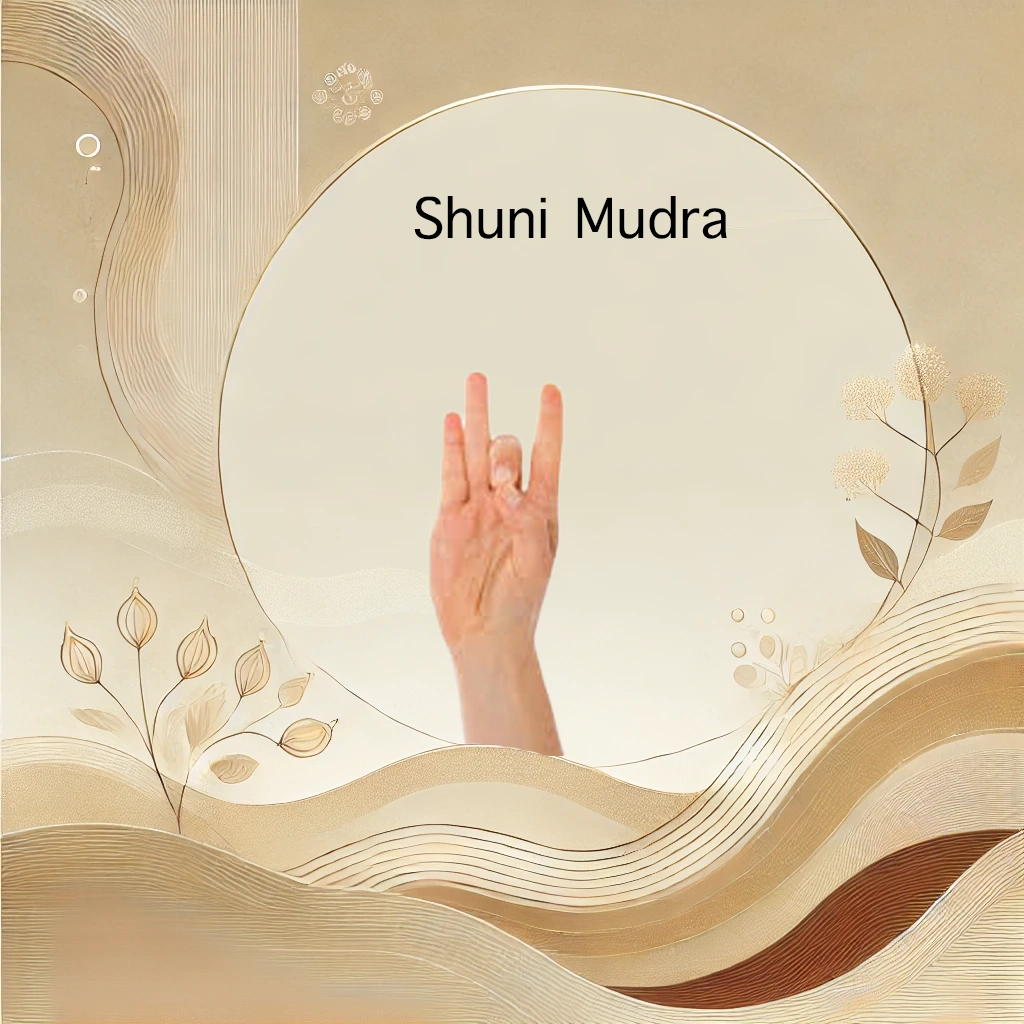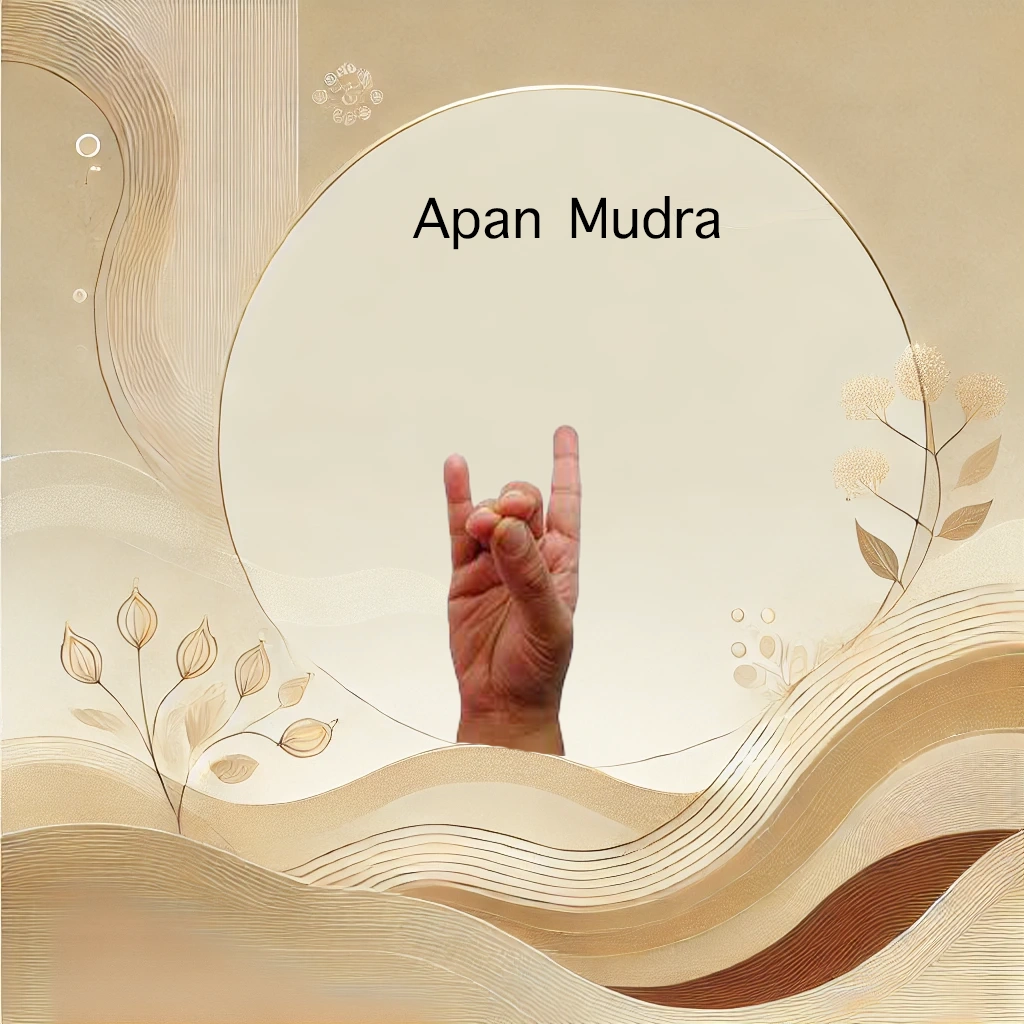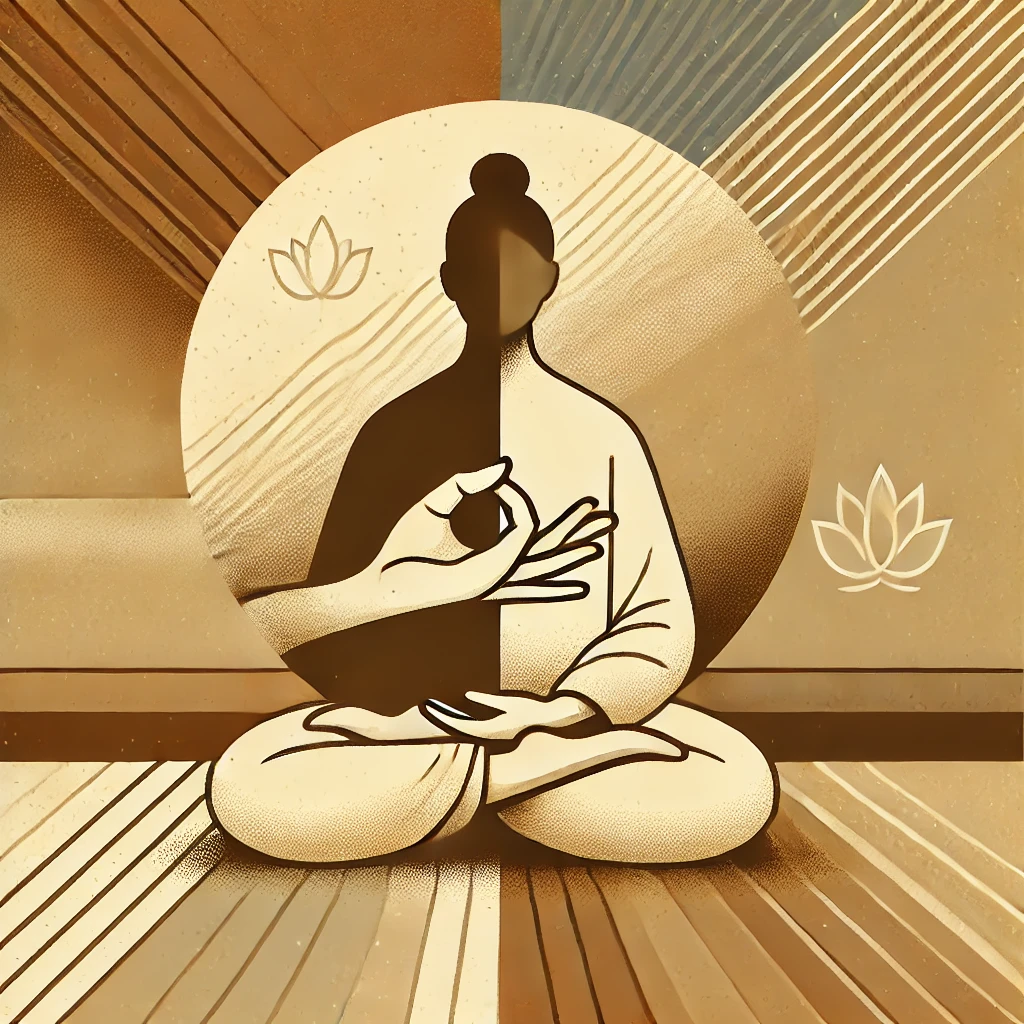
Mudras: The Ancient Art of Hand Gestures
Mudras, derived from the Sanskrit word meaning “gesture” or “seal,” have been an integral part of spiritual practices in various cultures for thousands of years. These symbolic hand gestures are used in Hinduism, Buddhism, and Jainism to influence energy flow and enhance meditation, healing, and personal transformation. This article explores the history, usage, and examples of mudras.
Historical Background
The origins of mudras can be traced back to ancient India, where they were first mentioned in Vedic texts around 1500 BCE. Over time, mudras became significant in Hindu rituals and yoga practices. In Buddhism, mudras are depicted in statues and paintings of the Buddha, symbolizing different aspects of his teachings. Jainism also incorporates mudras in its iconography and spiritual rituals.
The Purpose and Use of Mudras
Mudras are believed to channel and balance energy in the body, affecting physical, emotional, and spiritual well-being. Practitioners use mudras during meditation, pranayama (breathing exercises), and asanas (yoga postures) to:
Enhance Meditation: Mudras help focus the mind and deepen the meditative state.
Facilitate Healing: Specific mudras are thought to alleviate physical ailments and promote mental clarity.
Balance Energy: Mudras can harmonize the five elements (earth, water, fire, air, and ether) within the body.
Spiritual Growth: They aid in connecting with higher consciousness and spiritual realms.
-
How to Practice Mudras
Practicing mudras is simple and can be done anywhere. Here are general steps to follow:
1. Find a Comfortable Position: Sit in a comfortable position, such as Sukhasana (Easy Pose) or Padmasana (Lotus Pose).
2.Focus on Your Breath: Take a few deep breaths to center yourself.
3.Form the Mudra: Use your hands to create the desired gesture.
4.Meditate or Practice Mindfulness: Close your eyes and focus on your breath or a specific intention while holding the mudra.
5.Hold the Mudra: Maintain the mudra for a few minutes, gradually increasing the duration as you become more comfortable
Examples of Common Mudras
1. Gyan Mudra (Mudra of Knowledge):
• Formation: Touch the tip of the index finger to the tip of the thumb, keeping the other three fingers straight.
Benefits: Enhances concentration and memory, reduces stress and anxiety.
2. Anjali Mudra (Prayer Gesture):
• Formation: Press the palms together in front of the chest, fingers pointing upward.
Benefits: Promotes inner peace, humility, and gratitude.
3. Prana Mudra (Mudra of Life):
• Formation: Touch the tips of the ring and little fingers to the tip of the thumb, keeping the other two fingers straight.
Benefits: Increases vitality, reduces fatigue, strengthens the immune system
4. Shuni Mudra (Mudra of Patience):
• Formation: Touch the tip of the middle finger to the tip of the thumb, keeping the other three fingers straight.
Benefits: Promotes patience, discipline, and stability.
5. Apan Mudra (Mudra of Digestion):
• Formation: Touch the tips of the middle and ring fingers to the tip of the thumb, keeping the other two fingers straight.
Benefits: Aids in detoxification, improves digestion, and balances emotions.

